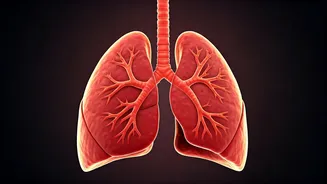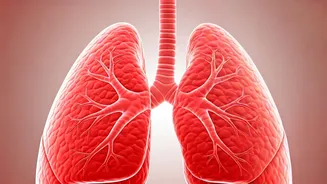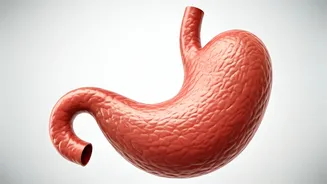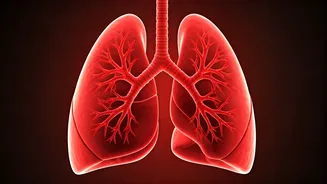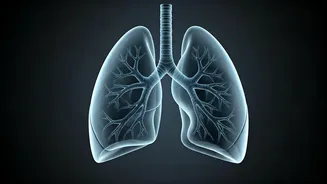Yoga's Respiratory Benefits
Yoga, a practice deeply rooted in ancient traditions, has been proven effective in improving respiratory health. Incorporating just ten minutes of daily
yoga can substantially strengthen the lungs, enhancing their capacity and function. Regular practice can promote deeper breathing, which in turn leads to a greater intake of oxygen. This increased oxygenation not only benefits the lungs but also has a positive impact on the entire body. The benefits of yoga include improved blood circulation and reduced stress levels, both of which support overall wellness. Specific yoga poses such as deep breathing exercises and certain asanas are designed to expand the chest cavity and increase lung volume, thereby improving respiratory efficiency. These practices also help clear the airways, making breathing easier. During the Diwali season, when air quality may be compromised, the practice of yoga becomes even more beneficial for maintaining healthy lungs.
Daily Yoga Routine
A simple, yet effective, ten-minute yoga routine can be easily incorporated into daily life. Begin with deep, mindful breathing exercises to calm the mind and prepare the body. This involves inhaling deeply through the nose, holding the breath for a few seconds, and exhaling slowly through the mouth. The next step is to perform gentle stretches that open up the chest and rib cage. Poses such as the Cobra Pose (Bhujangasana), which extends the spine and opens the chest, are highly beneficial. Another useful pose is the Cat-Cow stretch (Marjaryasana to Bitilasana), which improves spinal flexibility and breathing. These poses, held for a few breaths each, help in expanding the lungs and promoting better oxygen intake. Regularity is key: consistency in the daily practice ensures continuous improvement in lung capacity and overall respiratory health. Completing the routine with a short period of relaxation and meditation enhances the positive effects of the yoga practice.
Diwali Season Relevance
The Diwali season often brings a spike in air pollution, which can negatively impact respiratory health. During this time, the importance of maintaining strong, healthy lungs increases significantly. Regular yoga practice can help mitigate the effects of poor air quality by enhancing lung function and clearing the airways. It provides a natural defense against pollutants, making breathing easier and reducing the chances of respiratory illnesses. Yoga also helps reduce stress, another factor that can weaken the immune system and make individuals more susceptible to respiratory issues. Practicing yoga in combination with other precautions, such as avoiding exposure to polluted air, wearing masks, and staying hydrated, can contribute to maintaining optimal respiratory health during the Diwali season. The daily practice is not just about physical health, but it also improves mental and emotional well-being, providing a holistic approach to overall wellness.
Breathing Techniques Explained
Effective yoga routines incorporate several essential breathing techniques. One crucial technique is deep diaphragmatic breathing, which involves engaging the diaphragm to draw air deep into the lungs. This practice improves oxygen exchange and can significantly increase lung capacity. Another important technique is alternate nostril breathing (Nadi Shodhana Pranayama). This involves inhaling through one nostril while blocking the other, then exhaling through the opposite nostril. This technique helps balance the nervous system, reduce stress, and improve lung function. Ujjayi breath, often called the 'ocean breath,' is another technique where a slight constriction at the back of the throat creates a soft hissing sound, which helps slow down the breath and extend exhalations. Regular practice of these breathing techniques, alongside other yoga asanas, strengthens the lungs, enhances respiratory efficiency, and promotes a sense of calmness and well-being. These practices make yoga a valuable tool for anyone looking to improve their respiratory health.
Yoga and Overall Wellness
The benefits of a daily yoga practice extend far beyond lung health. Yoga positively influences overall well-being by reducing stress and improving mental clarity. The combination of physical postures, breathing techniques, and meditation provides a holistic approach to wellness. Regular practice improves posture, flexibility, and muscle strength. It also promotes better sleep quality and reduces fatigue, which contributes to a more energetic lifestyle. Yoga can enhance focus and concentration, making it beneficial for both physical and mental performance. Furthermore, it helps create a sense of balance and harmony within the body and mind. This holistic approach to health and wellness makes yoga a sustainable practice that benefits individuals across all age groups and physical conditions. By integrating yoga into your daily routine, you are investing in a healthier and more balanced life.
